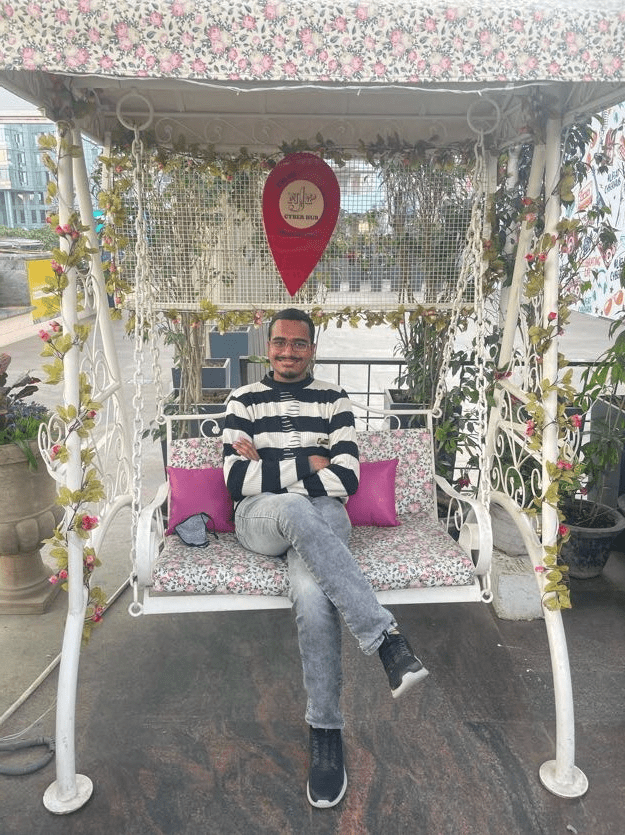
QnA
How can students build their profiles for roles in this field?
Vignesh Kumar: During college, explore as much as possible. Take up lots of projects, I made the mistake of taking up projects in 3-2. It is better to take up a project right from 2-2 (if not formal, then informal), and then a formal project in 3-1. For a role on the AI side, try to be active on portals like Kaggle which has these data science competitions. I didn't do it but it would be beneficial if you want to build a career in it. If you want to come in a ML based job through the interview route, having some Kaggle notebooks and practice in Kaggle competitions would add value to your CV. Kaggle is way way tougher than competitive coding. Having good accuracy in a Kaggle competition is really valued. I am not sure if an AI research role in industry is available right after undergrad, but you could certainly try working under professors at certain institutes. Contact professors working in the field of your choice, and perhaps opt for a thesis under them. But yes, IBM Research India, American Labs, and Microsoft India are a handful of companies that have their research centers in India currently. You could try there as well.
Read about Vignesh Kumar's journey here
Overview of the Course: Data Mining
Vignesh Kumar: In a major project, we were given the ANC data for the past three months - what all they buy, what is the price of that. Based on that, we had to answer certain questions, for example, what combination of items could be sold. We had to use data mining techniques to find the answer.
Read about Vignesh Kumar's journey here
Overview of the Course: Artificial Intelligence
Vignesh Kumar: It has 4-5 assignments spread throughout the semester. Each assignment took at least 3 weeks to complete. There were proper implementation based assignments. Whatever was taught in class had to be implemented in some form or the other.
Read about Vignesh Kumar's journey here
Overview of the Course: Parallel Computing
Vignesh Kumar: It was a theoretically quite heavy course, with two minor assignments. There exists the NDA Paradigm and Open Entry Paradigms. Based on these paradigms, we were given sequential algorithms which we had to implement. There is also a research based project where we had to first find a research paper that implements a sequential algorithm, and then try to parallelise some part of the algorithm. There is this concept called Foster design methodology that converts a sequential algorithm to parallel. We had to make use of this methodology, The professor took it step by step where in the first week we were asked to find a research paper and present it. In the second week, he asked us to think about how we’d be designing and implementing it, Then finally, we had to actually implement it.
Read about Vignesh Kumar's journey here
Overview of the Course: Machine Learning
Vignesh Kumar: It had two major assignments. We were given a database of marks and asked to use some kind of modelling to answer certain questions about the data. He asked us to model these questions in the form of probability using Bayesian Networks. We were also given another assignment based on Bayesian Linear Regression, wherein we had to draw a comparative analysis with linear regression. In kinship verification you are given photos of certain relations. Given a new set, you need to identify the relation between them. Till then the professor had taught us a lot of ML models, so he asked us to apply those models and asked us to see how they perform on the standard dataset. He asked us to explore metric learning for this task. My team went ahead and designed a new model which performed better than the SOTA models.
Read about Vignesh Kumar's journey here
Overview of the Course: Neural Networks and Fuzzy Logic
Vignesh Kumar: In one assignment, we were given a seminal paper, which had like 10,000+ citations. We had to read it thoroughly and present it in front of the class. In the second assignment, we had to take up a research paper, completely implement it and then reproduce the results.
Read about Vignesh Kumar's journey here

